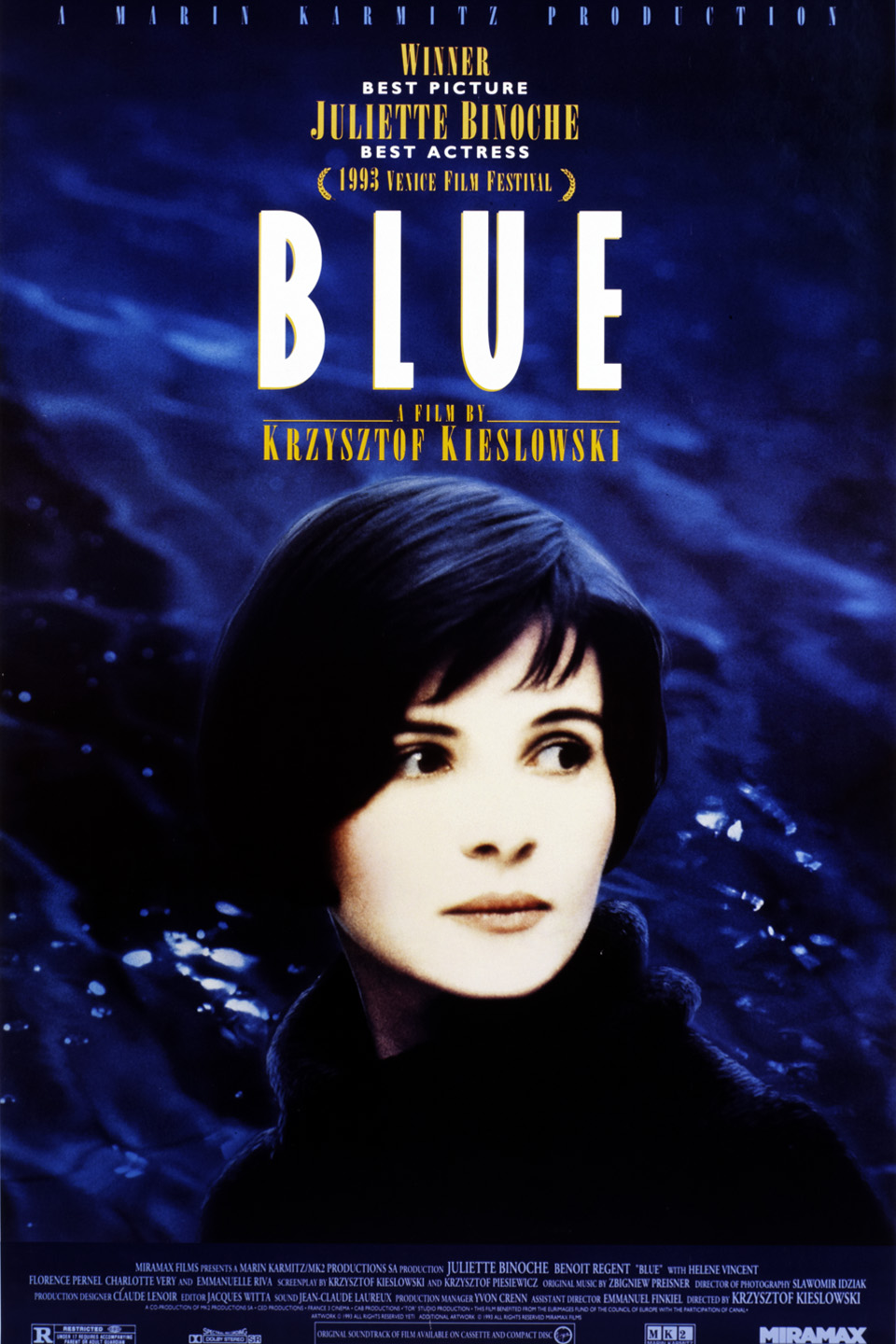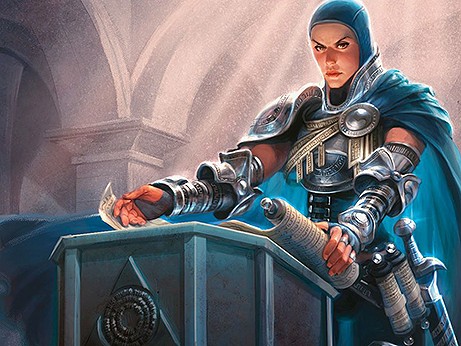Welcome back all! This week we're going to do something different. By that, I don't mean neapolitan ice cream compared to vanilla, but rather the ionosphere compared to a field of strawberries.
You see, gentle reader, one of my favourite things in the world is movie watching. I likely started as you did, watching the odd Friday night feature with friends and dates but eventually, I got hooked. Oddly enough, in the same period of time in which I became enamored of the Commander format. Today, we'll look at one of my favourites, using the same style criteria to point to our likes and dislikes. Then we'll move on, trying to assemble a Commander deck from the movie's main themes. We'll thus be using the homage method rather than the clunkier "jam characters into Magic frames" method that is prevalent these days.
To begin, I am sure you have some questions so here is the main one answered:
What do movies and Commander have in common, if anything?
Both are creative endeavours that germinate within one or two people but bloom outward. The screenwriter, and then the director, both have an idea they wish to express. They use the tools at their disposal (lenses, cameras, stages, actors, hardware and software) while we use our tools (decklists, cards, social networks, testing, proxies when permissible) to express their vision.
How is the visual medium translated into a Magic deck from film?
The easiest way to do this is to make alters with our favourite scenes and so on. I'll avoid this by going into the film's theme and extrapolating various situations and events into card events. Some will have closer ties than others, of course. Since colours are a key part of the film I'm exploring, so will they be here. Explanations will follow.
Why not just make a new Commander deck and give a list?
Not my goal. I wanted to ally my love of cinema with my love of Commander; I've already started doing so through playmats but this is the next, natural evolution of the process. Hopefully, the process is borne fruit in a somewhat playable fashion when all is done.
Again, before I begin, thanks to you for indulging my divergent methods and to the MTGCanada crew for allowing them as well!
The Film and Background

As I said before, over the past few years I decided to explore some of the "Top 100" lists on the Internet Movie Data Base (IMBD), Sight & Sound, Rotten Tomatoes, and other critic sites. One of the first series films to grab my attention was the Three Colors trilogy by Krzysztof Kieślowski. The Polish filmmaker made a series of art-house movies exploring the eternal themes of strictures, whether human or moral, and his love for France realized itself in a trilogy exploring Liberty, Equality and Fraternity.
(A warning to the gentle reader: spoilers abound and the movie is in French, so a subtitled version may be desireable for your viewing pleasure.)
The first film, Three Colors: Blue - featuring the eternal and radiant Juliette Bionoche - impresses upon us that liberty is sometimes hard-earned. Suffering a loss, Julie de Courcy finds herself alone. Alone with her thoughts, alone in her life, alone in her surroundings and thus isolates herself from everything, finding renewal in friendship, resolution in music and a cat to deal with a house issue.
The film's slower pace looks inward to a degree that Kieślowski gave us something I like to call the "sugarcube test" (The test displayed) to measure viewer attention span on introverted withdrawal. As we reach resolution, we see that the self is freed through acceptance of the past with renewed vigor toward the present. Julie is whole, we are understanding and move on to the next chapters of the film and our lives.
Getting there isn't an easy path as our heroine assets her independence by moving away from her former domicile. She hides herself in a sort of thought bubble where reality - through her past mementoes, creations, and loves - continually interferes. We're not sure if the film will give us a "happy" ending, as life itself is too erratic to guarantee such things, but we feel her asserting her life and remastering it as we progress toward the film's final moments.
Blue as a colour permeates the film, to signify mood, but also as a reminiscence of childhood, softness and engulfing experiences.
Interesting! But where does that lead us, Commander-wise? Also, why should I see Three Colors: Blue?
To briefly answer the latter, it's an incredible film if you want a change from the rush of today's hectic pace. It's also a film that rewards the attentive viewer. The path of healing - both physical and psychological - is a long, but worthy one. If you prefer a quicker paced movie with easy resolutions, you may want to pause here. I'd recommend giving it a shot when you have some quiet time, though.
It would be easy to take mono-blue commander and go from there. Kira, Great Glass-Spinner would seem perfect. It would be easy, and it would be wrong. To fully translate the character, we need not only blue (of intellect and thought reception), but also white, to signify the ordered steps toward reinvention and, well, the cat needs to be included too, if only as a vanity nod. We're left then, with Lavinia of the Tenth to fulfill our needs. She exemplifies the character's setting aside various parts to be used later, and the protection from red can be seen as a sort of anti-impulsive frame of mind. Our deck will focus on pushing away threats to Lavinia's being and pushing her toward the ultimate victory.
There we are! We're close enough to theme that it reminds us of the film's ideas and executions while still having some playability. It's casual enough to play at your kitchen table while having a few "outs" if you get in trouble. I look forward to assembling this over the next month or so and playing at a table near you!
Until next week, may you find what you need within, if not without.




